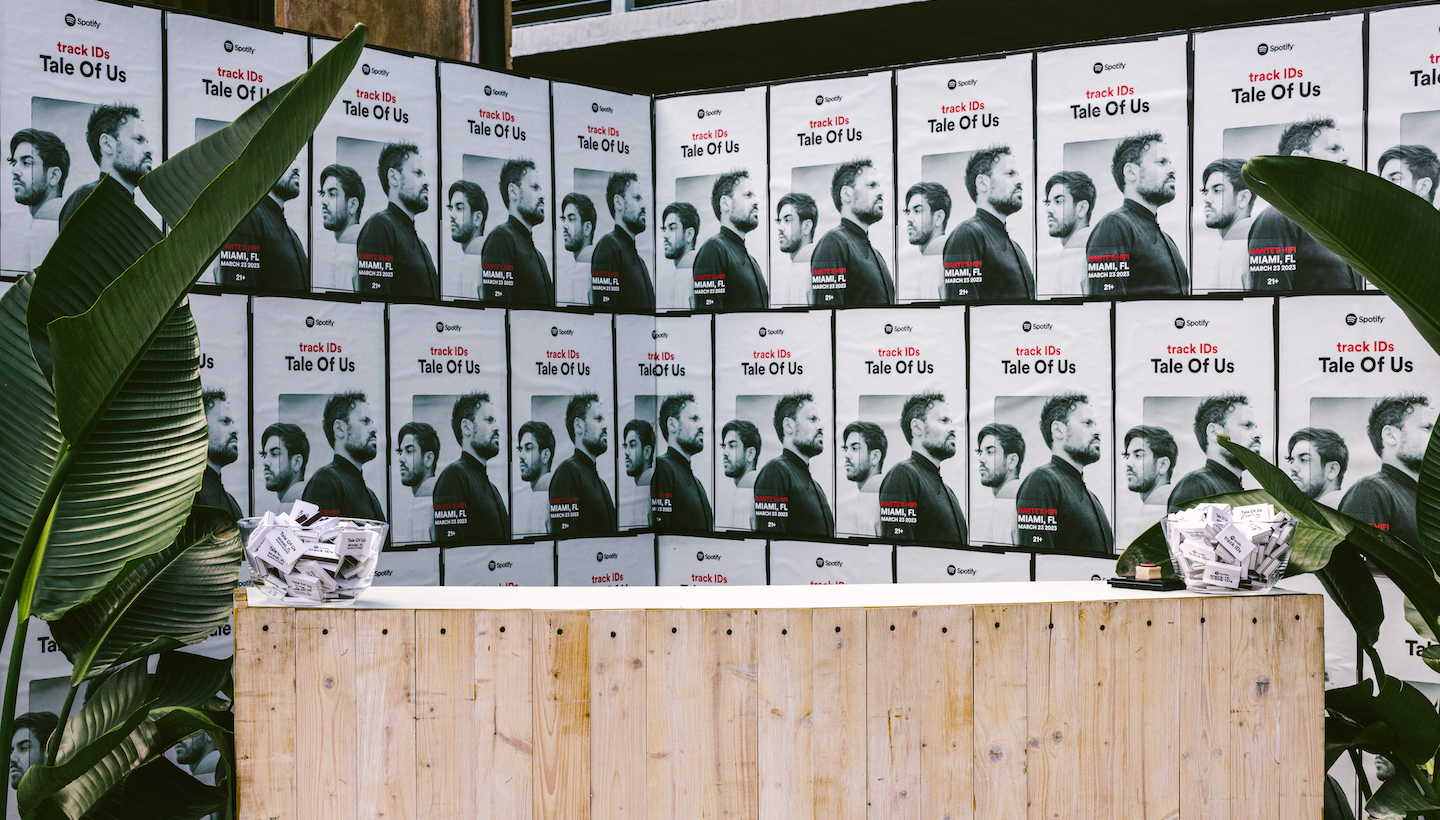
Photo credit: Daniel Zuliani
Avid dance fans know what it’s like to leave a show and immediately begin searching for a way to relive the experience. That’s why in 2020, Spotify created track IDs, a new suite of playlists co-curated by DJs and Spotify’s editorial team that include the songs DJs play in their sets as well as gems they’ve discovered along the way. In addition to allowing DJs to connect with fans in an entirely new way, these playlists help listeners discover songs they’ve previously heard live and want to find on Spotify.
Last week, we took track IDs to the next level with a new pop-up show series, track IDs: Presents. This yearlong live extension of track IDs capitalizes on the wave of excitement the dance community is feeling as they return to live shows. Fans can look out for pop-up performances featuring select artists and their exclusive sets in unexpected live places—and then find the DJs’ sets reflected in their track IDs Spotify playlists.
We debuted this series during Miami Music Week and Ultra Music Festival with an exclusive, 200-person show featuring Tale Of Us, an Italian DJ duo based in Berlin. The first-come-first-served performance excited fans, who dropped everything to experience the impromptu, stripped-down set.
View this post on Instagram
To understand the ways Spotify engages dance and electronic artists and fans, we spoke to Ronny Ho—Head of Dance and Electronic Development—and Ashley Graver—Head of Dance, Pop, and Indie on the Artist Partnerships Team—fresh off the first track IDs: Presents moment.
What are track IDs? How have they been used historically?
Ronny: The term track IDs has been used quite a bit for the past few years to refer to how fans and artists alike try to uncover a track that they really like in a DJ set but are unfamiliar with. So today, you’ll see fans across social media or on message boards point out a timestamp on a video of their favorite DJ and say, “What’s the track ID?” For Spotify, specifically, track IDs is a program that we started back in 2020 where we co-create playlists between us and DJs that we select.
Ashley: The playlists really provide DJs with a platform to easily share the tracks from their sets that they would play in live shows. It’s another way for artists to further connect with their fans after the show so fans can rewatch, relive, and listen to their sets on the Spotify platform.
What inspired track IDs on Spotify? What’s been the response?
Ronny: We built the track IDs program during the early days of the pandemic, when there was no live community, nothing that artists could do to share their sets out—except for streaming. So when we launched the track IDs program, it really was a new avenue for fans to connect with the artists who they would normally want to see out at a club or festival. The beauty of naming it “track IDs” was that it was already such a widely used term, so people really were able to gravitate toward it and understand exactly what it was for. Fast-forward to today, we’re working with our global editorial colleagues to continue to launch new track ID playlists that are relevant to their local markets and that really respect the underground culture there.
Fans have been super inspired. The second we started launching these—and we were quite selective about the artists we were working with—we started seeing fans making their own, photoshopping our branding onto homemade versions.







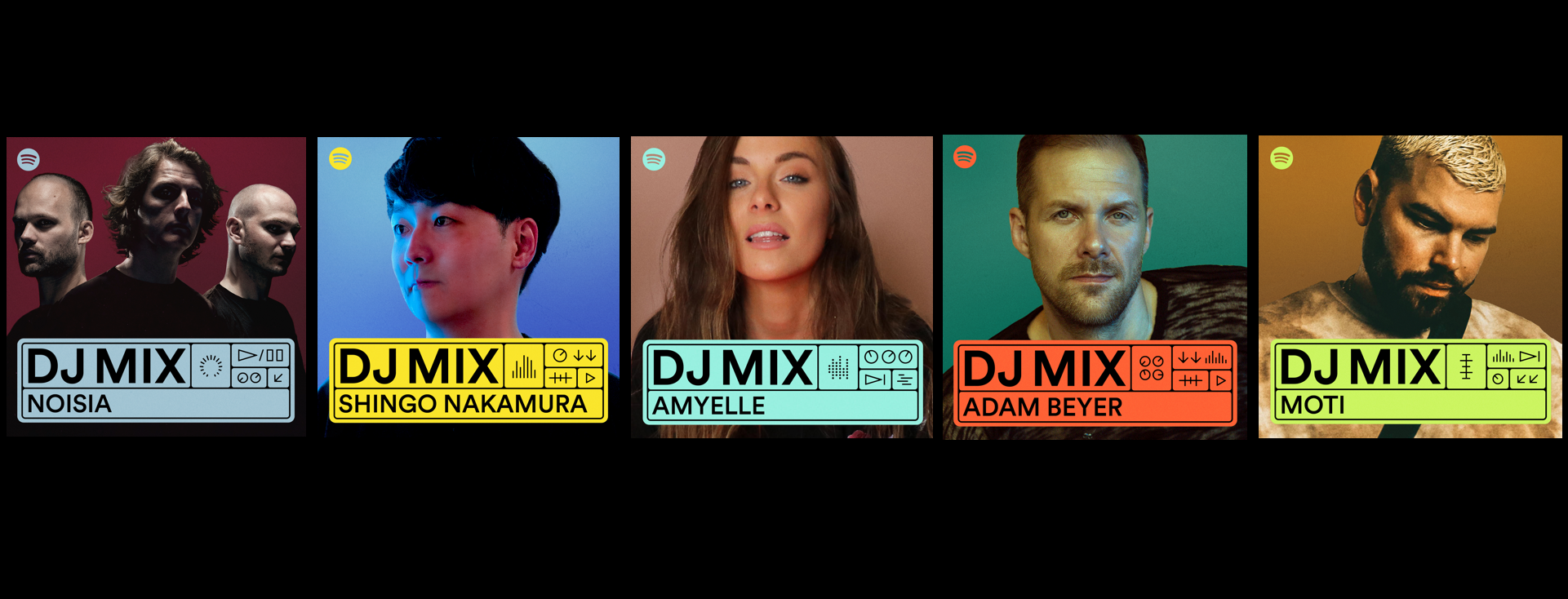
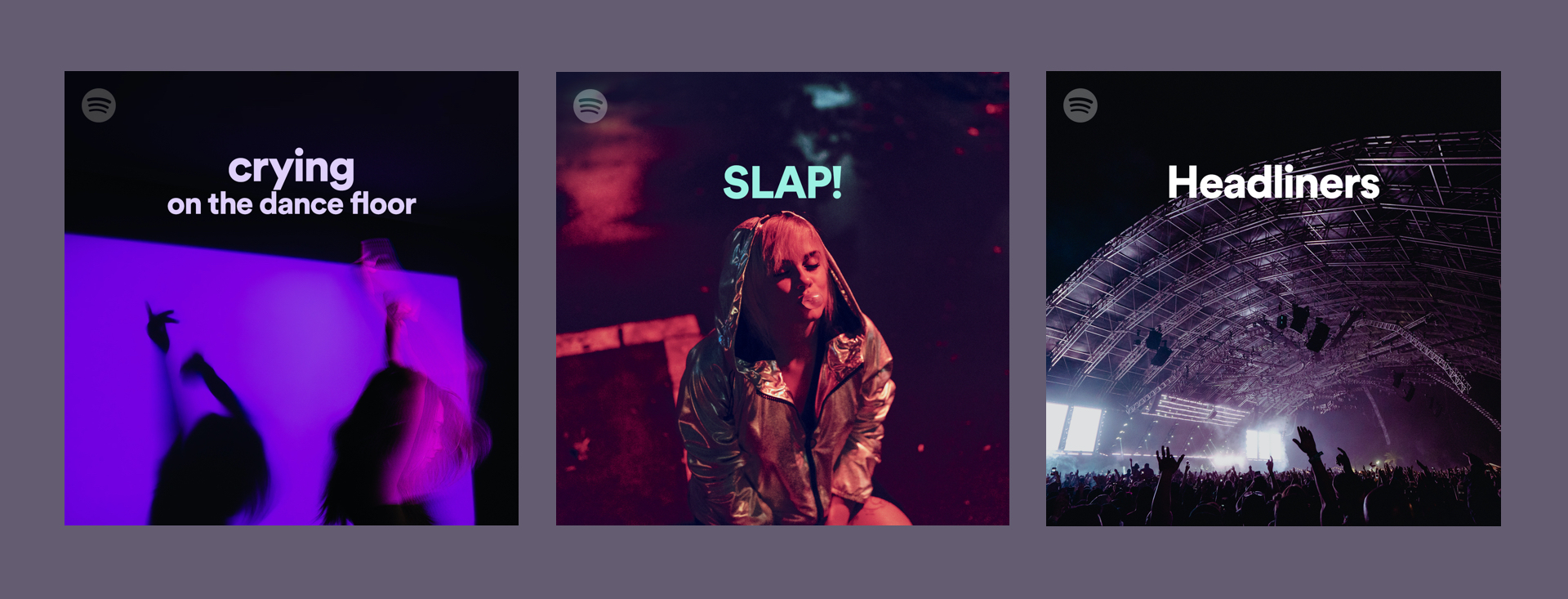
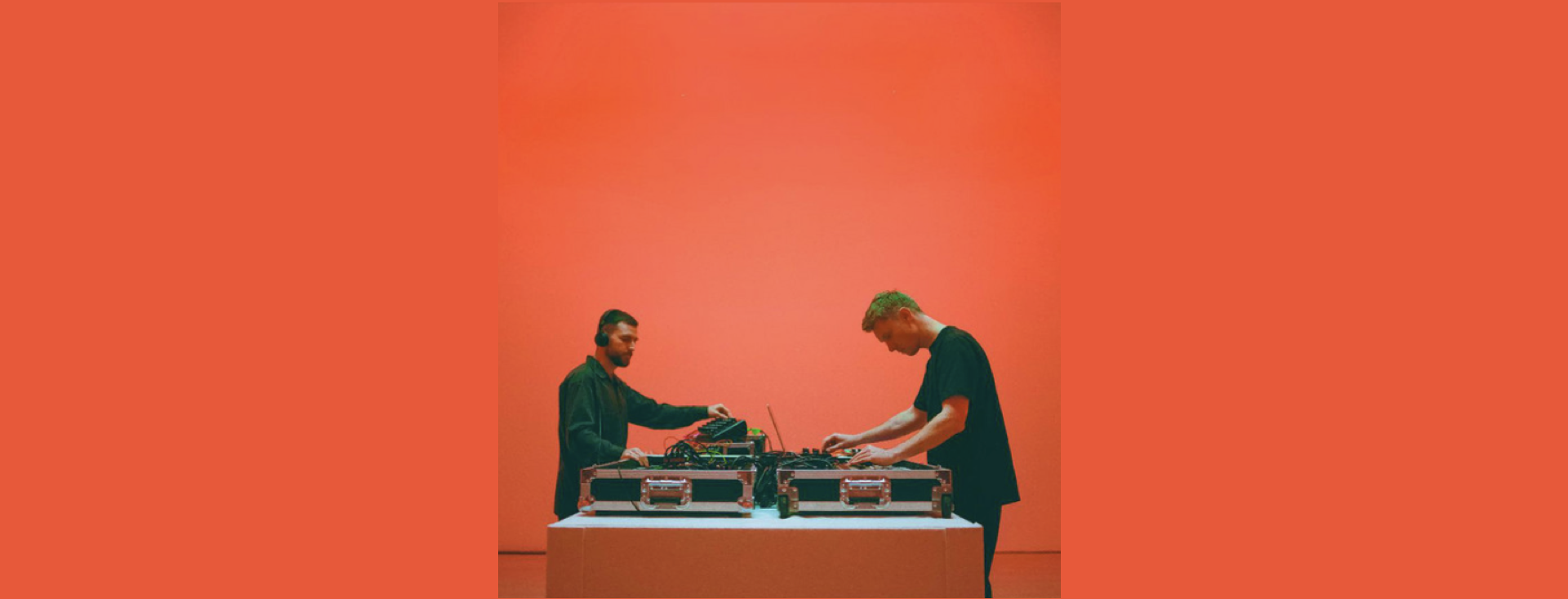
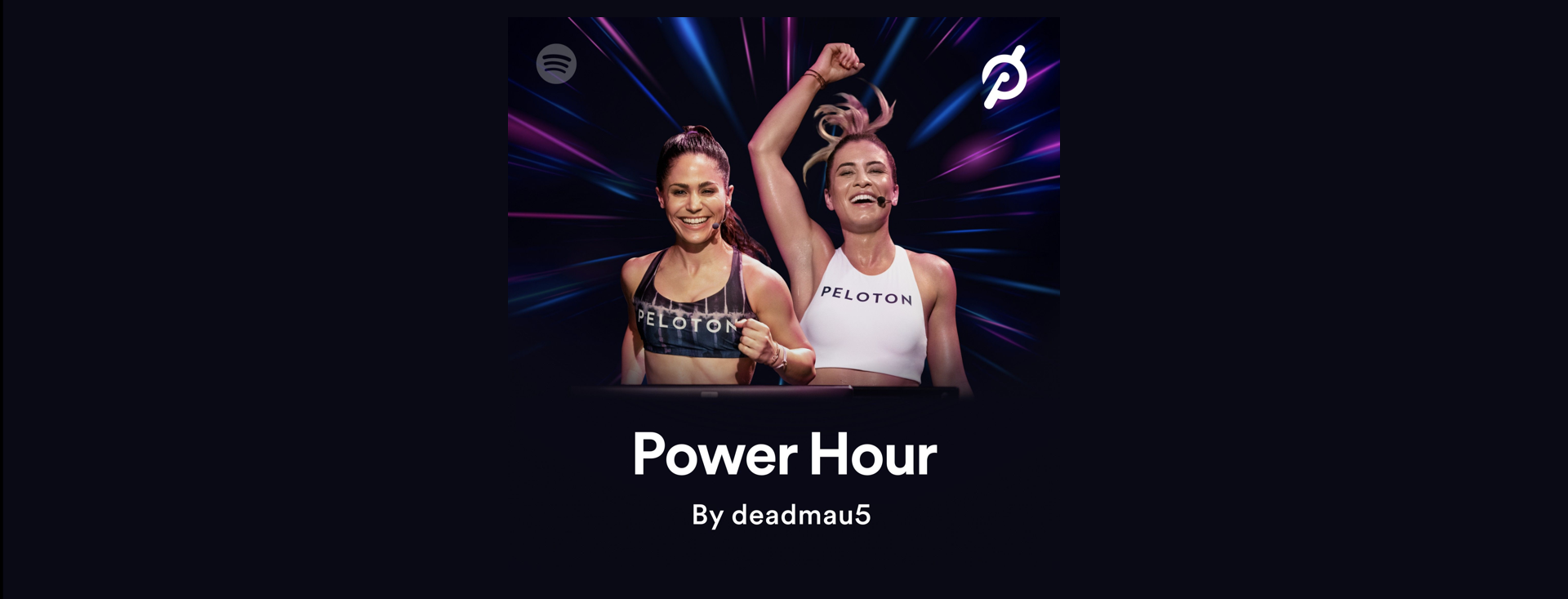
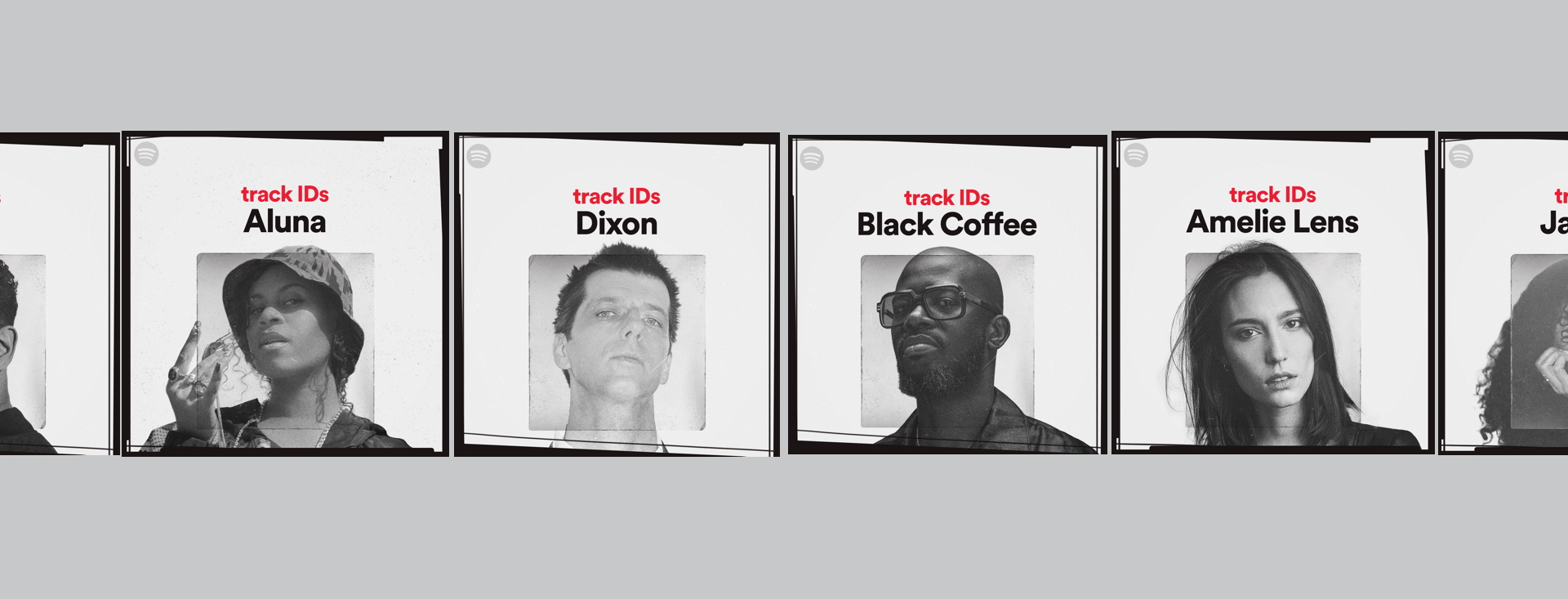
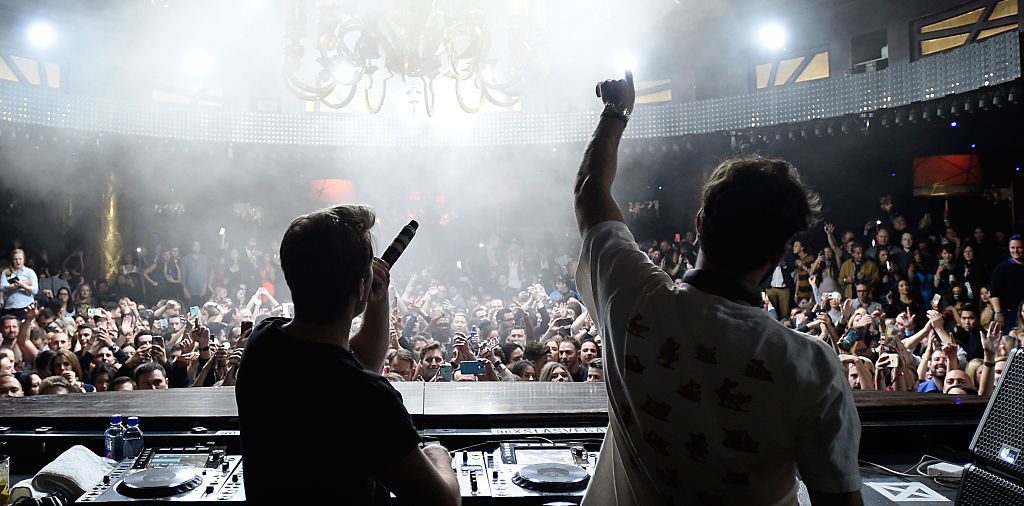
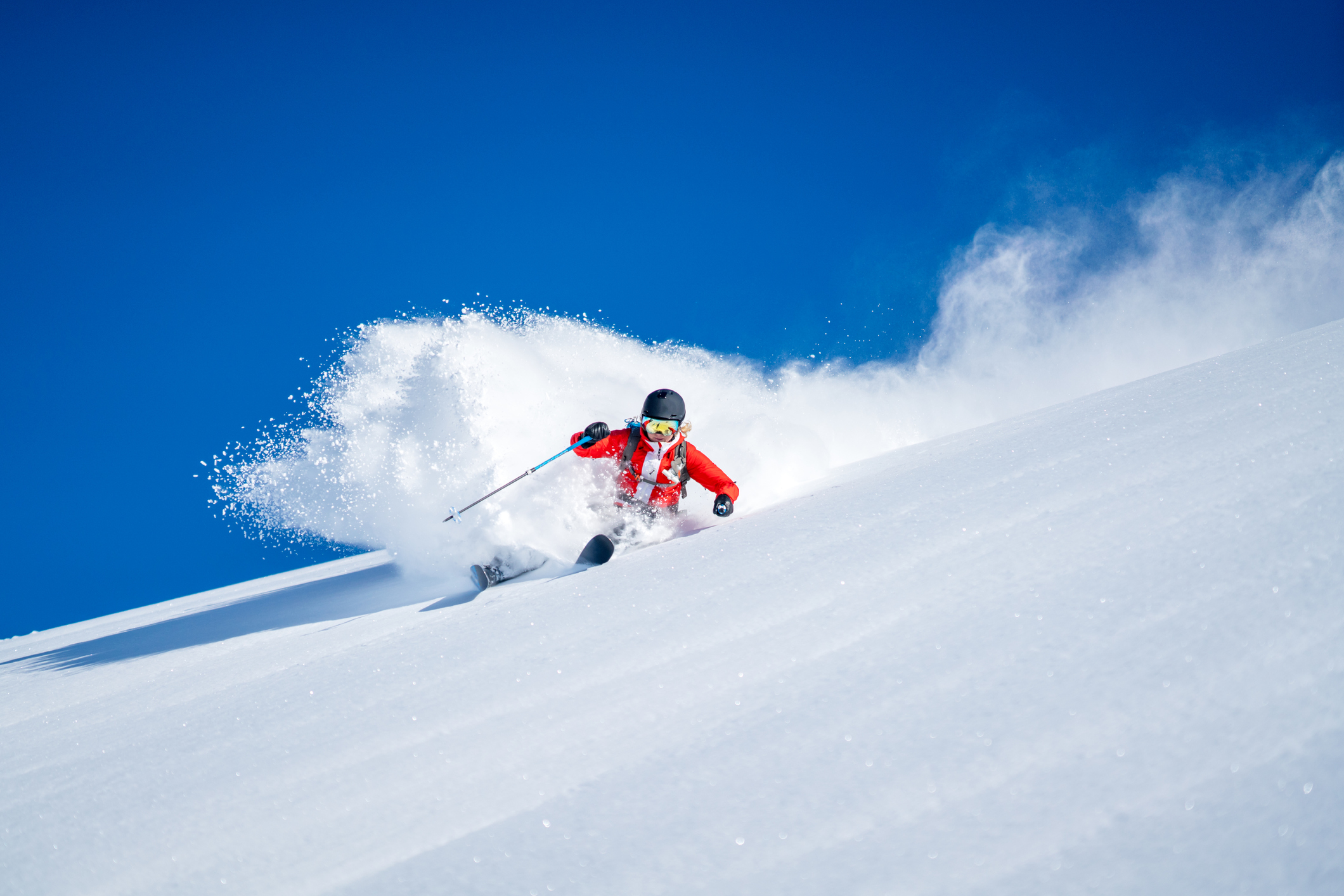
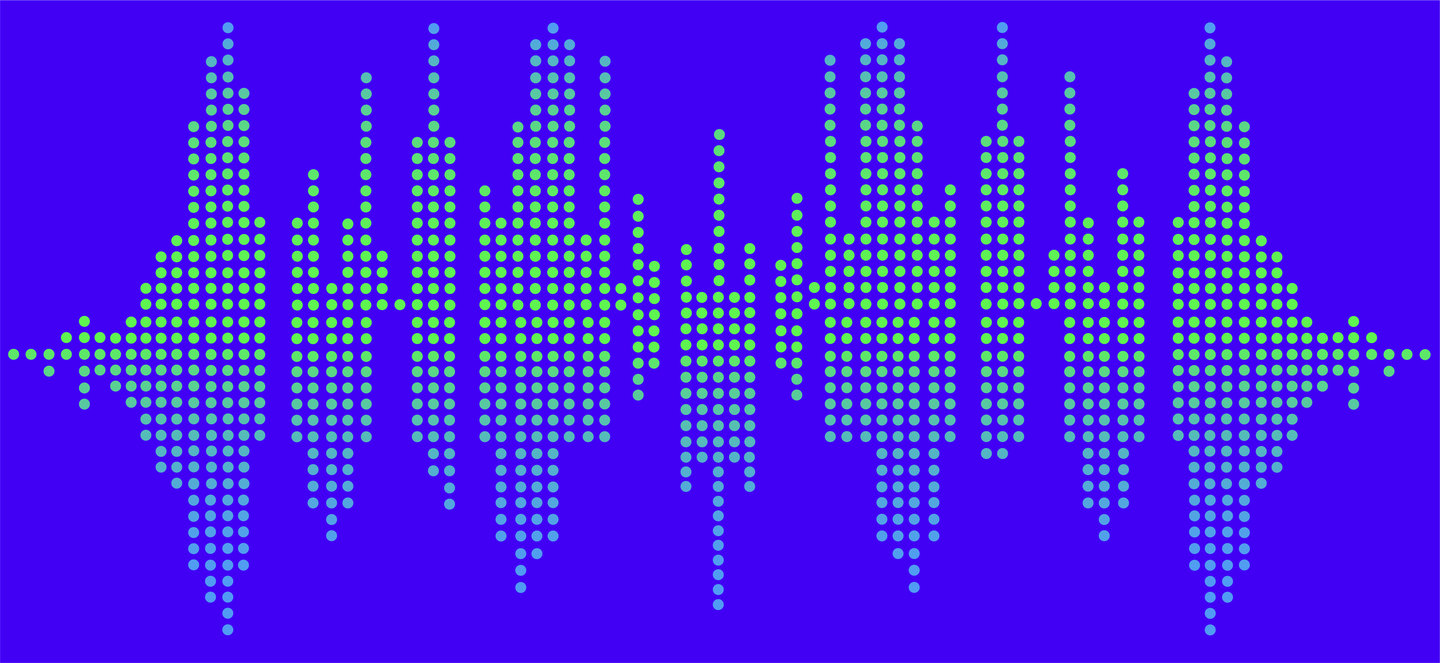


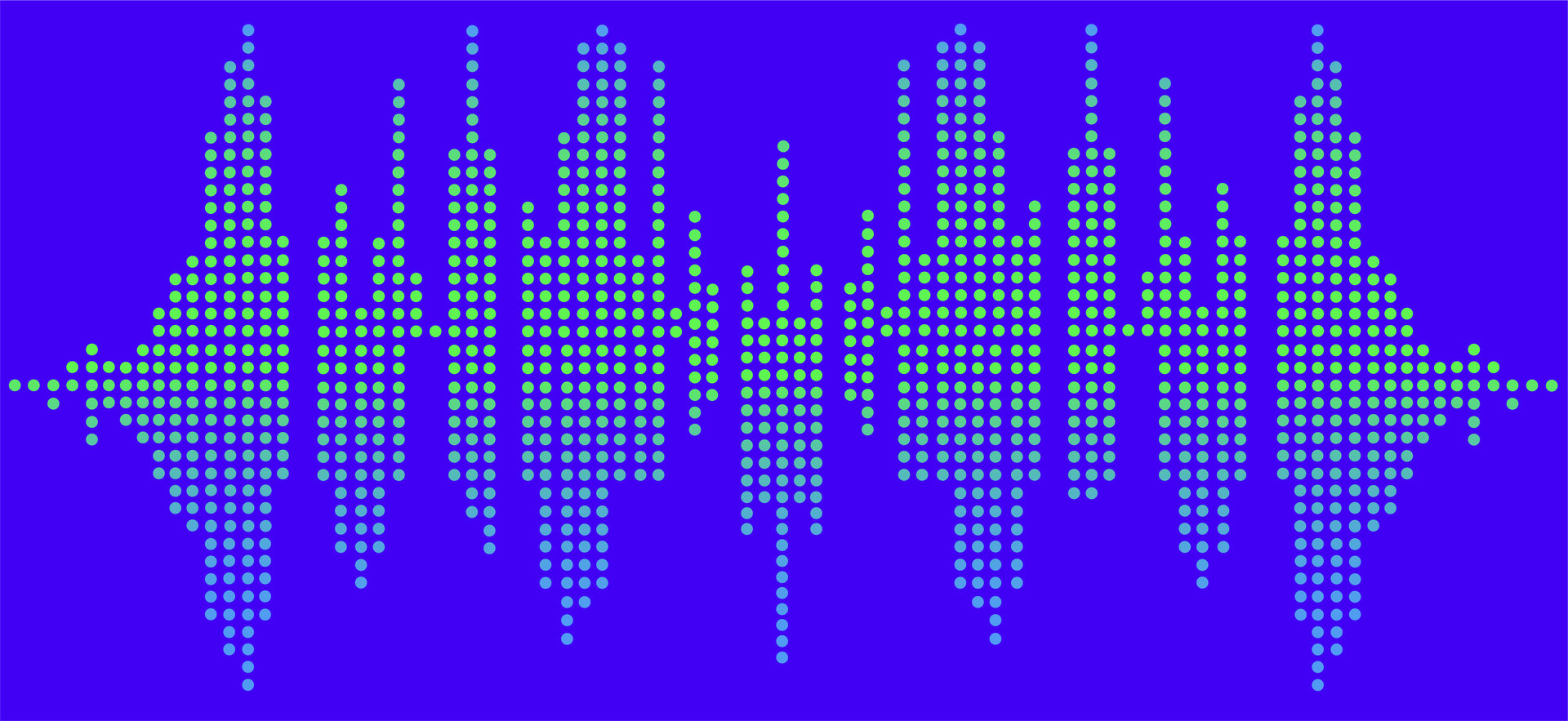
Recent Comments